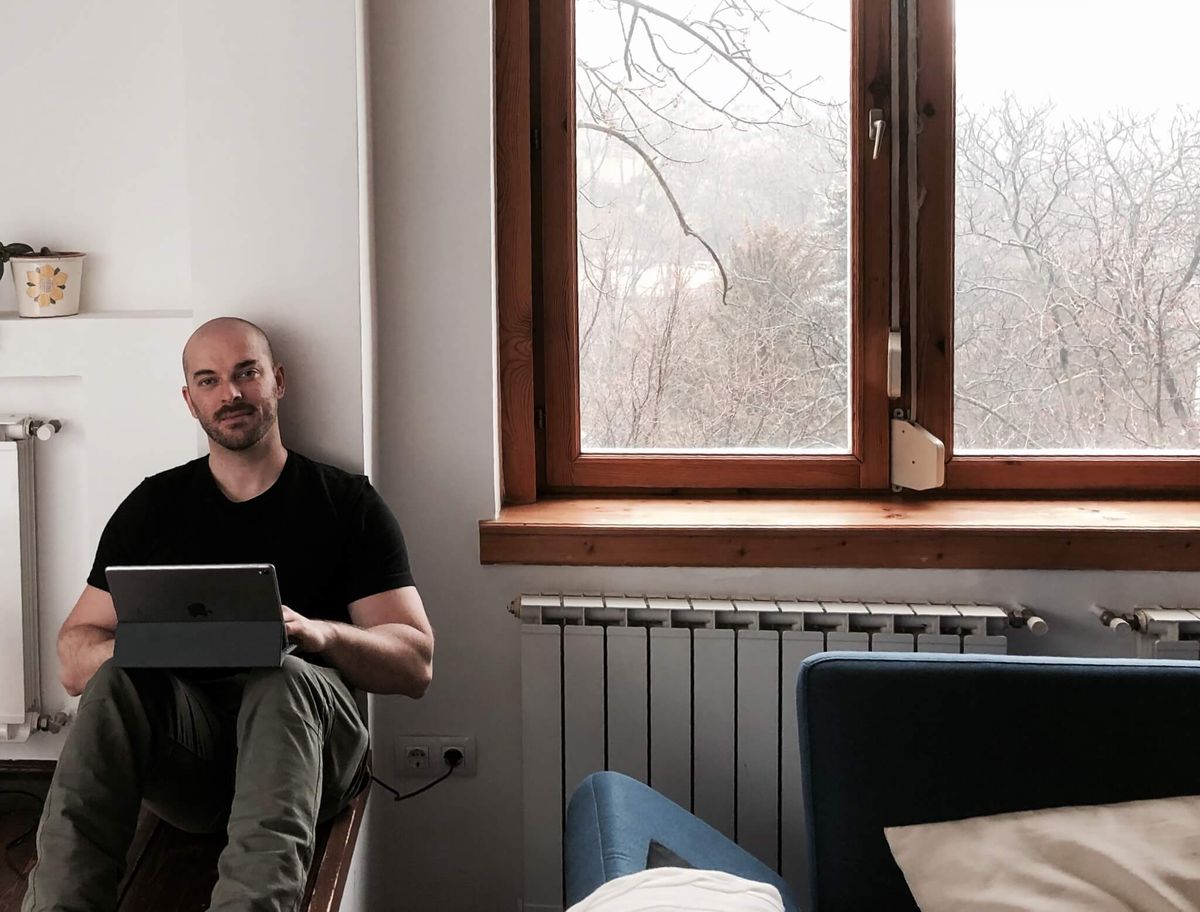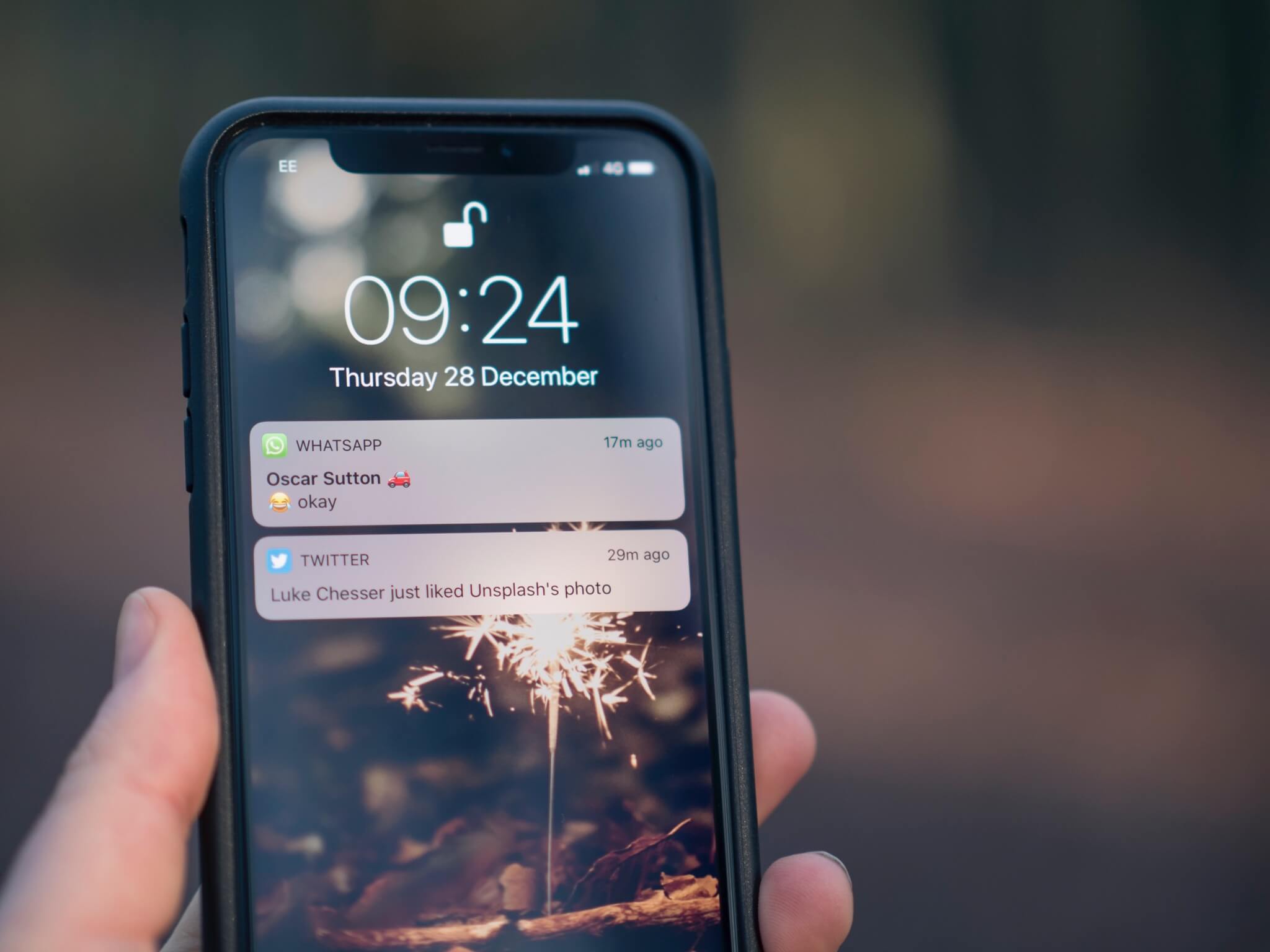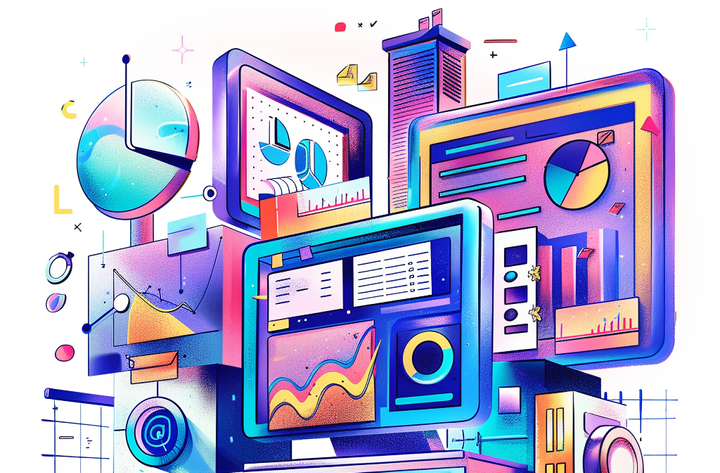Towards Deep Work: Becoming Unreachable

While being in a distracting environment may be ok if you are working on shallow tasks, finding a quiet spot and becoming unreachable is necessary if we need to do some deep work.
In order to do that, first, we need to find a space where we can work uninterruptedly for long periods of time. Then, we need to get rid of all distractions. Both things are becoming increasingly difficult these days.
We are subject to constant interruptions: emails, meetings, social media, other people around us, and the incessant flow of notifications from our smartphones.
In this article, I want to share how becoming unreachable allows me to find the space and time I need to work or write.
Avoiding Distractions
If you really want to go into deep work mode and make the best out of your time, you need to get rid of distractions. Here is a list of the most common ones.
Meetings
Meetings are the triumphant champion of busyness. They are one of the most useless ways of wasting the time of a lot of people while making it look like they are actually being productive.
One of my favorite books, “The 4-Hour Workweek”, devotes a section to how to avoid them.
In my experience, having worked in startups -especially American startups- with daily meetings and standups, I know how important it is to keep them under control.
On a certain occasion, I worked for a team that had two meetings a day, lasting for 45–60 minutes each. I was wasting approx. 25% of my daily work hours in meetings. Every day.
In a future post, I will describe some techniques to avoid or at least reduce the impact of meetings in your life to a minimum.
However, the main idea is getting rid of meetings altogether. Instead, try to convince people to send you emails, or arrange a short call. If you cannot avoid a meeting, set a specific duration and a list of topics to talk about, and stick to them.
Email is the archenemy of deep work. Its impact on productivity and our ability to focus at work has been analyzed in depth, and the numbers are scary:
Email occupies 23 percent of the average employee’s workday, and that average employee checks his or her email 36 times an hour
Needless to say, you are not going to do a lot of deep work if you check your email every other minute.
In my case, I consider my inbox a losing battle. No matter how hard I try to organize and answer emails every morning to get to inbox zero. Every day, another twenty emails or more are waiting in my inbox, ready to waste my time.
Further down, I explain how I managed to reduce the impact of email on my ability to focus using the 2–2–2 rule.

Social Media
I have devoted an entire article to why you should be quitting social media. It’s probably the most frequent source of interruptions you are subject to every day.
If you cannot completely quit social media, you should at least stop being a consumer and become a mere publisher.
My recommendation is removing all applications from your devices and instead use Buffer or Hootsuite to publish things. Be ruthless about that.
Even if you cannot afford to uninstall these apps from your smartphone, tablet or laptop, it’s extremely important to not have them running while you are working.
Remember, all these applications have been designed to fight for your attention, interrupt you with notifications and keep you engaged. A single Facebook like is enough to send you through a procrastination rabbit hole.
Other People
Finally, another important source of distractions is other people around you. Depending on where you work, they can include other coworkers, colleagues, friends or even family members.
In my case, I work from very different places, like at my co-working space, at home or even at a cafe sometimes.
I pay for a permanent spot at TechHub Riga and, luckily, I have my desk in a small office with just three other members. Thus, most of the interruptions come from my partner while at home or in a coffee shop.
While you cannot avoid these completely, it’s important to let others politely know that you are working, so they won’t disturb you unless necessary.
The 2–2–2 Rule
This is probably the most important tool I have found to avoid distractions and allow you to focus on your work. It requires you to educate your contacts, colleagues, and customers, so it takes some time to be 100% effective. However, its benefits are undeniable and well worth the wait.
The 2–2–2 Rule works by setting a minimum time to respond to requests from people.
This means that, instead of answering immediately to these requests, you wait at least a determined amount of time before answering back. The time depends on the type of request:
- For calls or direct communication -i.e: a Skype call or videoconference-, 2 minutes.
- In the case of chat-like messages -i.e: Whatsapp, Line, iMessage-, 2 hours.
- Finally, for indirect communication -i.e: email, social media, a Meetup message-, 2 days.
The 2–2–2 Rule In Action
Imagine you are in the middle of a very focused moment, working on a project when suddenly you receive a call. Instead of answering, hang up and decide if the call is urgent or important enough.
If it is, finish your current flow of ideas, writing down the essential hints to continue later, and then call back. Otherwise, ignore the call and call back later when you have finished your work, or maybe another day.
The same goes for email. As I explained, getting to inbox zero is not a realistic goal for me, and will suck up a lot of my time every day. Instead, I only answer emails in batch every two or three days at most.
This way, I can avoid constantly checking and answering emails. Over time, people have learned to not expect an email back from me the very same day.
Educate Others On Your Availability
Thus, the 2–2–2 rule requires an initial period of time in which you educate your contacts not to expect an immediate response from you.
I know this is a hard task. We live in a world where, when someone sends you a chat message, they expect you to read it and answer back right away.
Furthermore, people act as if sending a chat message meant that you have acknowledged that message and are aware of its content. You need to educate these people and let them know that you are the owner of your time, not them.
Eventually, they will understand that you take your time to answer things back and will stop demanding your immediate attention to every small request.

Other Techniques For Becoming Unreachable And Focus On Your Work
The 2–2–2 rule alone has managed to eliminate most distractions from my life. If I want or need to focus, I know I am able to do it. However, there are other techniques that can help you become unreachable and find the space to concentrate on your work.
Find A Distraction-Free space
I have mentioned other people being an important source of distractions. Sometimes, you need to find a place where you can work without interruptions.
This can be as simple as going to a coffee shop on your own, or to the closest library.
However, if you really need a quiet, private workplace, maybe you need to find a co-working space where you can have your own desk or an office space.
Even if there’s a cost, it’s money well spent if it allows you to produce quality work faster and make a better use of your time.
Disconnect And Disappear
There are occasions where you need to isolate yourself completely. That’s ok.
Switch off your phone, close your browser, enable the “Do not disturb” mode on your laptop… If you can work with an offline tool, disconnect the network and disappear completely, both online and in the real world.
J.K. Rowling famously checked into a suite of the five-star Balmoral hotel, located in Edinburgh, to be able to finish the last book of the Harry Potter saga.
While we may not have resources to apply such extreme measures, there is always something we can do to push everything else aside.
How Many Applications Are Running Right Now?
If you are anything like me, most probably you have lots of applications running at your laptop at any given time: the browser -with dozens of open tabs-, Xcode, Sketch, Pages, Atom, Brackets, the Mail app, Pixelmator, Android Studio… the list goes on and on.
All those applications are a potential source of distractions. You switch desktops to look for a file and realize you have this unfinished Sketch design, missing a font change and some icons… So you decide to spend just 5 minutes on that… completely ruining your focus on your current task.
Thus, I recommend you to close all applications except the ones you strictly need to work. If you need the browser, close all tabs except those you are using for your current work.
This simple gesture alone can make a big difference in your ability to stay focused for a long period of time, and produce better results faster.
Conclusion
In this post, I expanded on the deep work subject I explored when I described why you should quit social media. In order to be able to focus on your work, we need to avoid all distractions, becoming unreachable.
Here, I describe the 2-2-2 technique I use to get rid of interruptions. It allows me to isolate myself, resulting in more quality work done in less time. I would go so far as to affirm that mastering this ability is essential if you want to make the most out of your time in today’s world of distractions.
Don’t hesitate to share your thoughts with us in the comments section below!




Comments ()